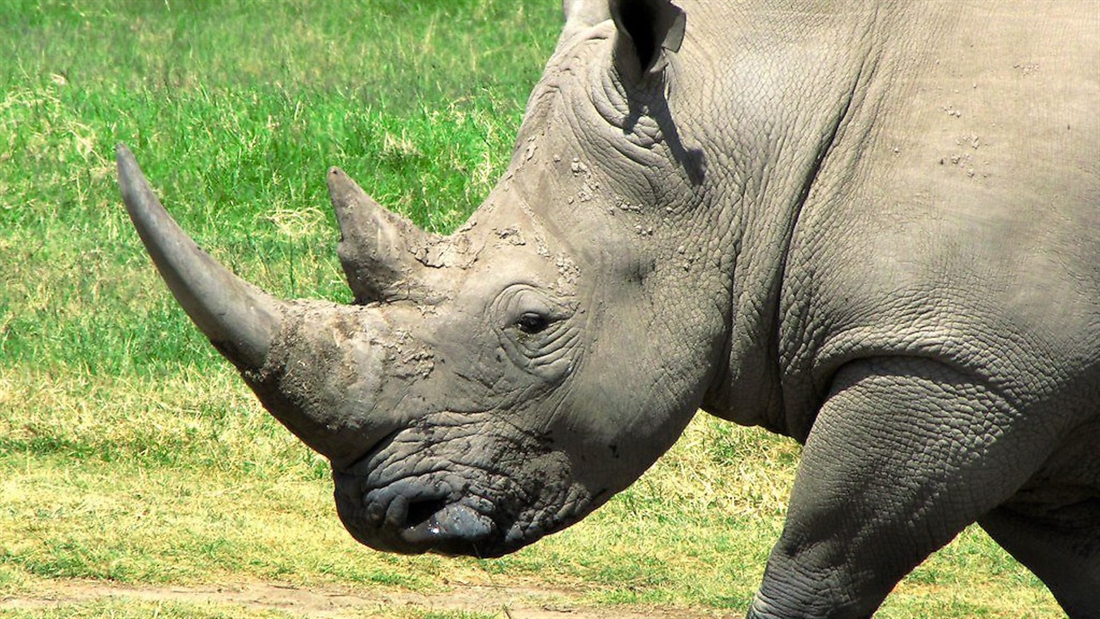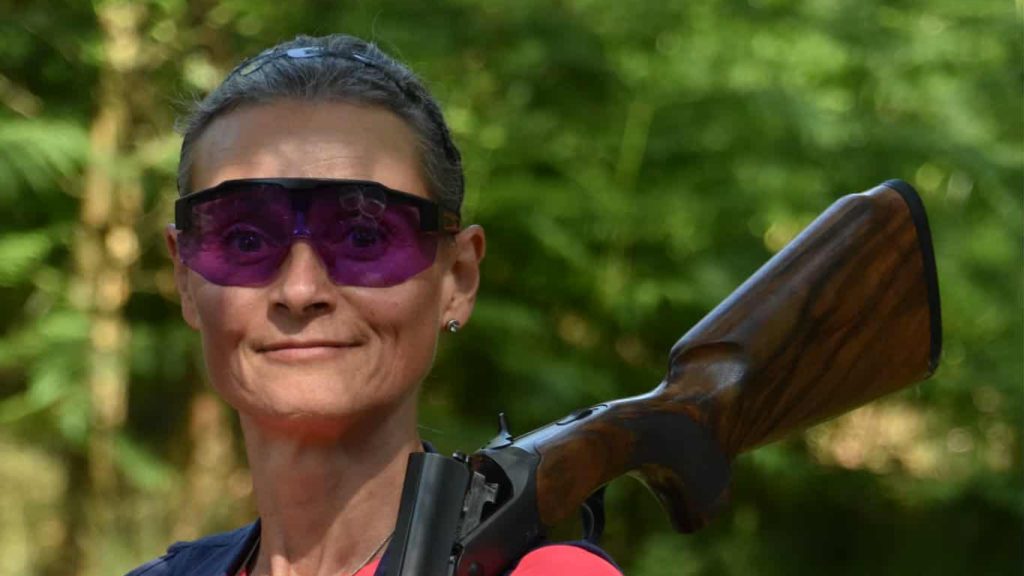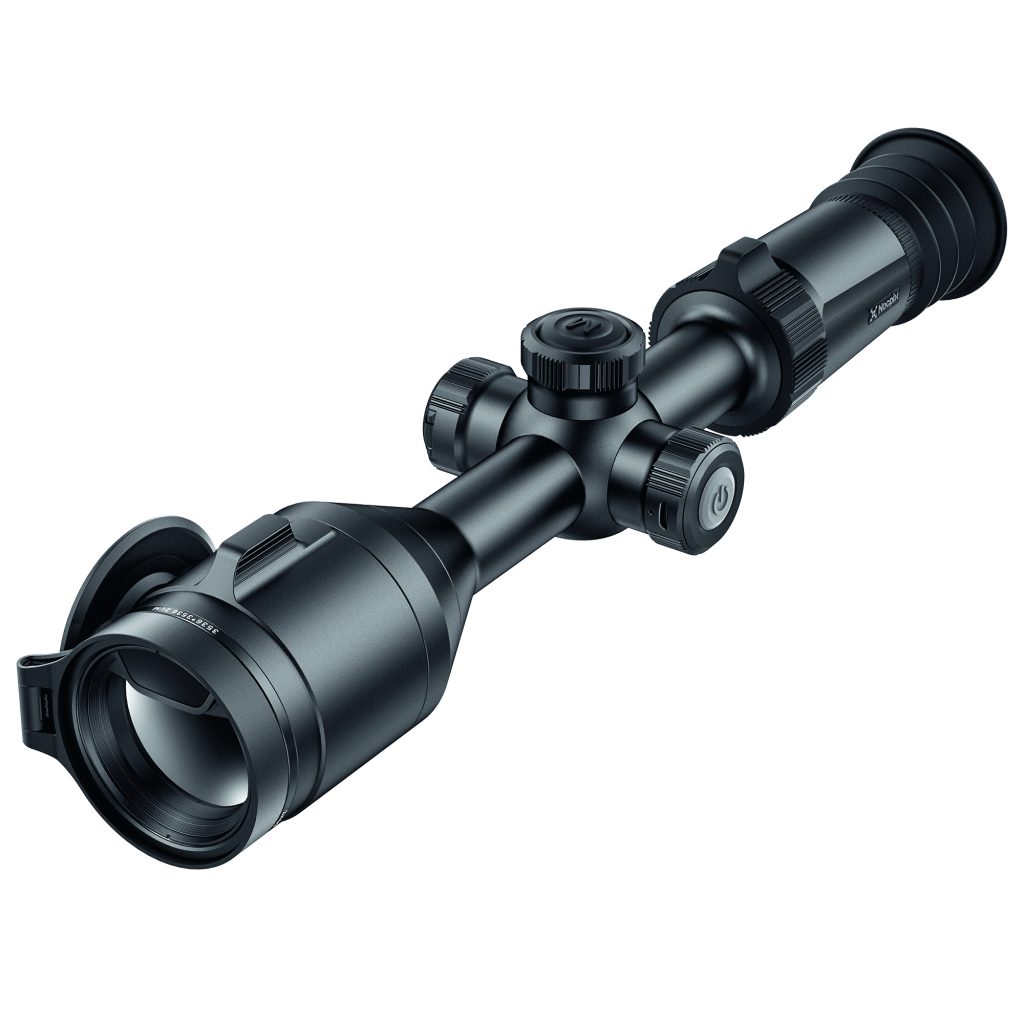133 scientists defend trophy hunting as a means of conservation

133 scientists detail the negative impacts that a ban on trophy hunting would have on wildlife and conservation, in an open letter published in Science Journal
[The following press release was issued by the International Council for Game and Wildlife Conservation (CIC)]
133 scientists detailed the negative impact that a trophy hunting ban would have on wildlife, in an open letter that was released in the journal, Science. The letter suggests that, in the absence of viable alternatives, trophy hunting cannot be dismissed as a means of conservation.
The authors state that trophy hunting often “distracts attention from the major threats to wildlife”. It is important to remember that habitat loss is the biggest threat to biodiversity, with the loss of land to agriculture being a major contributor. Trophy hunting helps to conserve the natural world by facilitating habitat management and the restoration of wildlife numbers.
One of the lead authors, Dr. Amy Dickman (University of Oxford), suggests that a ban on trophy hunting would only result in “the unintended consequence of far more animals killed through illegal killings and habitat loss”.
If communities are no longer able to benefit from the wildlife on their lands, they would be forced to engage in activities that bring about more harm to the natural environment.
The number of illegal killings would naturally increase when removing the incentive for people to care for wildlife. This may be through hunting, poaching, or local communities taking matters into their own hands in order to deal with human wildlife conflict (through trapping or the use of poison).
The letter points out that “more land has been conserved than under National Parks” in areas and states that employ the use of trophy hunting, highlighting the conservation benefits that are associated with conservancy hunting.
Dr. Dickman also notes the role that social media plays in creating a distorted image of trophy hunting to the wider public, stating “It is very dangerous to view this through the lens of social media because it is such a biased one, and this is why we need to listen to the conservation scientists and we need to listen to the community representatives rather than just advocacy groups”.
Dr. Jeremy Cusack, from the University of Stirling’s Faculty of Natural Sciences, added that “it is only through well-informed and unbiased decision-making that we can ensure wildlife populations and humans will coexist in the long-term.”
Those that do not agree with the principles of trophy hunting often suggest photo-tourism as a like for like replacement. However, the authors argue that “many hunting areas are too remote or unappealing to attract sufficient visitors”.
In a world where many wildlife areas are under threat, it is essential that we employ management techniques that facilitate conservation in the most efficient and widely applicable ways.
The International Council for Game and Wildlife Conservation has always supported conservation through the principles of sustainable use. We fully agree with the contents of this letter, and hope that governments that are looking to ban the imports of trophies will reconsider their position in light of the support for sustainable use from the scientific community.
Related Articles
Get the latest news delivered direct to your door
Subscribe to Rifle Shooter
Elevate your shooting experience with a subscription to Rifle Shooter magazine, the UK’s premier publication for dedicated rifle enthusiasts.
Whether you’re a seasoned shot or new to the sport, Rifle Shooter delivers expert insights, in-depth gear reviews and invaluable techniques to enhance your skills. Each bi-monthly issue brings you the latest in deer stalking, foxing, long-range shooting, and international hunting adventures, all crafted by leading experts from Britain and around the world.
By subscribing, you’ll not only save on the retail price but also gain exclusive access to £2 million Public Liability Insurance, covering recreational and professional use of shotguns, rifles, and airguns.
Don’t miss out on the opportunity to join a community of passionate shooters and stay at the forefront of rifle technology and technique.




